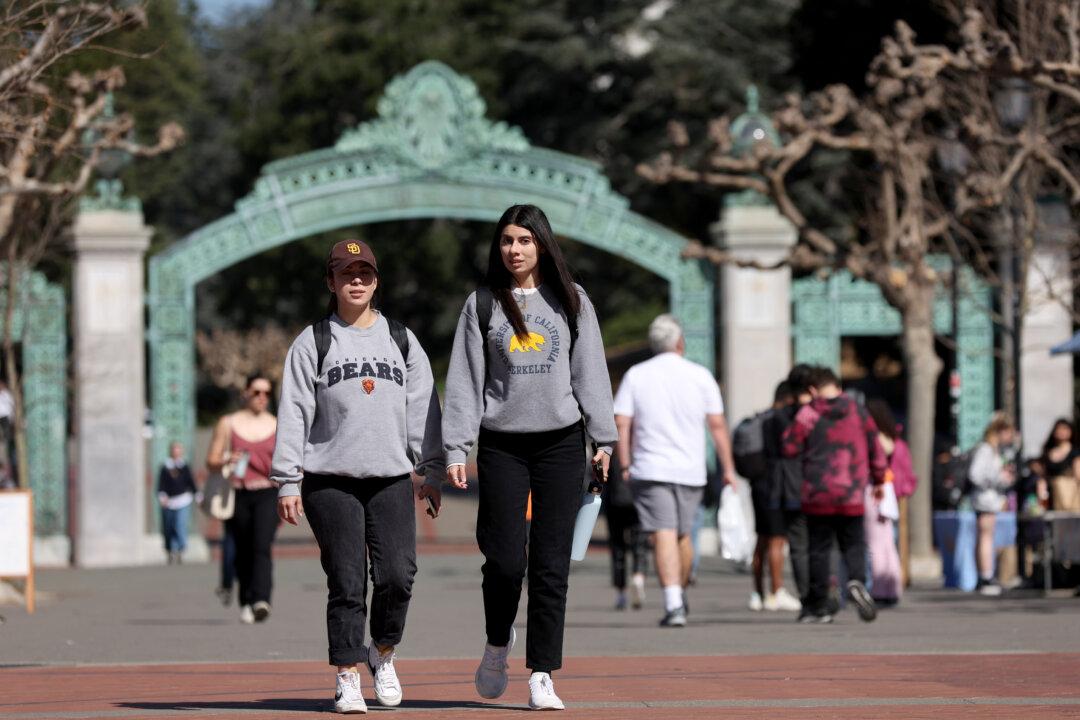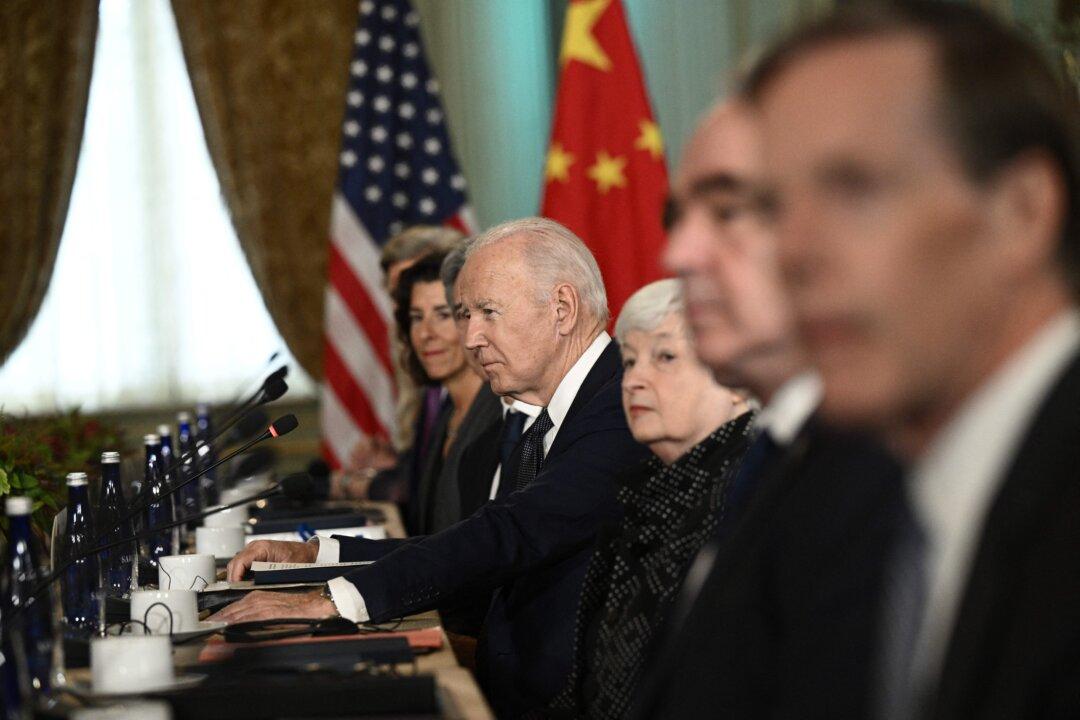James and his wife were not going to let COVID derail their plans to have a family. As pro-life Catholics, they viewed children as gifts from God, and wanted to be generous in accepting them.
“We were living in rural Kentucky and the lockdowns did not affect our daily life very much,” says James. “The plant I was working at shut down for a couple of months but then reopened. After that, although the continued masking and social distancing at work was annoying, the paychecks kept coming in. Our youngest was almost two, and my wife and I were eager to have a second child. Our son was conceived in March 2021.”
At the beginning of the COVID pandemic, I thought millions of couples would, like James and his wife, take the opportunity to have another child. In fact, I predicted a baby boom, convinced that young couples who were forced by government mandates to stay home would find comfort in each other’s arms and conceive children.
As the study shows, states such as Texas, Florida, and Montana saw their birth rates climb during the first COVID wave, while blue states such as New York and Connecticut saw their birth rates plummet. The question is, why?
The study, published in April, suggests that the states that had lower fertility were those that had a higher percentage of Democrats, more social distancing, and more minorities, while those whose fertility increased were characterized by more Republican voters, fewer minorities, and less social distancing.
The study’s authors originally hypothesized that “Increasing COVID-19 cases could influence fertility rates by reducing pregnancy-intention via heightened pandemic anxiety, pandemic-related restrictions, and/or economic hardship.” But this turned out to be mistaken.
The reaction of state governments to COVID didn’t depend on the number of COVID cases—which in any case were wildly inflated by federal subsidies. Rather it reflected the difference between the “big government” Democrats versus the “small government” Republicans. Indeed, the authors found that the changes in the fertility rates of different states were unrelated to the severity of the COVID wave they were experiencing. What did affect the birth rate, they say, was the state’s political leaning.
The massive government overreach that occurred during the beginning stages of COVID was most pronounced in the blue states that had Democrat governors. In places such as New York and Connecticut, the Democrats closed businesses, schools, churches, and parks for a year or more. The closures in some Republican-run states such as Florida were equally devastating, but didn’t last as long, and so had less effect on fertility. Other Republican-run states, such as South Dakota and Utah, scarcely locked down at all. And saw major increases in fertility as a result.
In other words, it wasn’t the “pandemic” that negatively affected birth rates, but rather the panicked reaction of state governments to the idea that there was a deadly virus on the loose. Which states panicked? Mostly those with Democrat governors and Democrat voters. Birth rates in those states collapsed as a result.
The economic devastation caused by the lockdowns resulted in the closure of massive numbers of businesses and the loss of millions of jobs. Couples who were having trouble putting food on the table were understandably reluctant to bring children into the world.
The Great Depression of the 1930s saw a similar collapse in birth rates. But while the Great Depression began because of factors beyond the government’s control, it continued for a decade because of the Roosevelt administration’s endless interference with the economy. So, too, while the outbreak of the epidemic in China may not have been foreseen by the U.S. government, the COVID recession that followed was a direct result of the overreaction to what turned out to be a severe seasonal flu. The closure of businesses and the loss of jobs was particularly severe in blue states and accounts for a large part of the lost lives—and lost fertility—of the COVID years.
Predictably, the study didn’t look at the effect of COVID vaccination on the rates of live births. In this, it follows the see no evil, hear no evil, speak no evil policy of most of the rest of the scientific establishment, who have been bought off—or threatened—into silence.
As far as James and his happily unvaccinated wife are concerned, they’re looking forward to the birth of baby number three.





